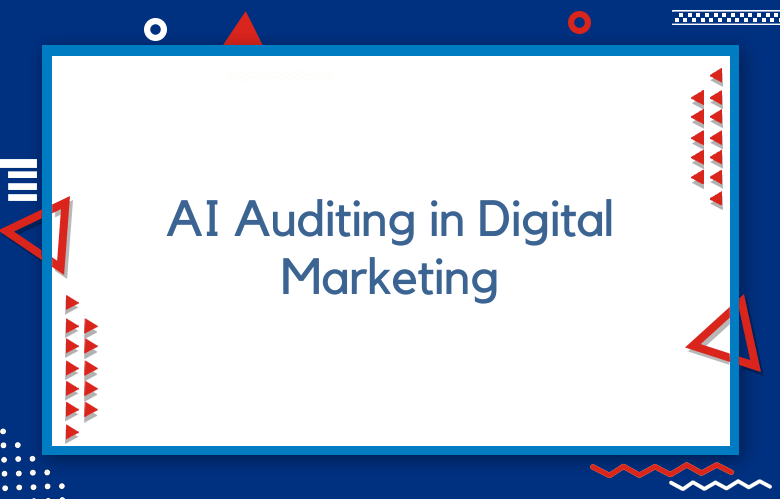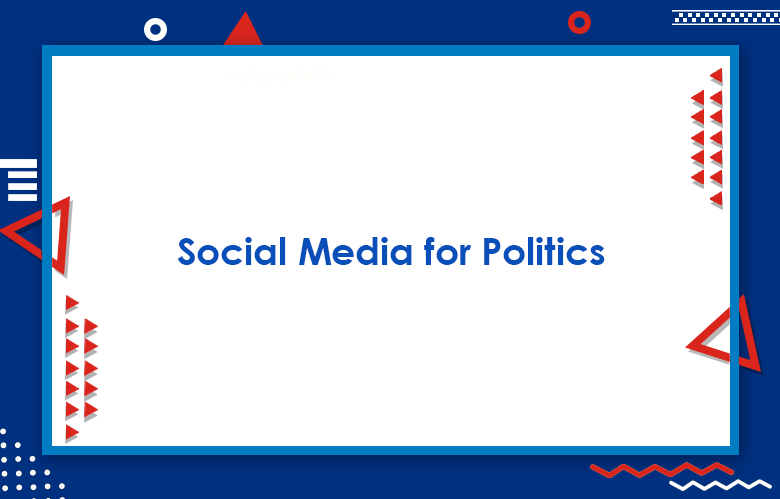Lead Generation Statistics, Facts & Trends For 2025

Lead Generation is an essential process for businesses of all sizes. It can create new customers, increase market share, and drive sales. However, lead generation isn’t a one-size-fits-all approach; what works for one company might not work for another. So, how do you know which information generation tactics are right for your business? Let’s examine some key lead generation statistics, facts, and trends for 2025.
We’ll examine some lead generation statistics, facts, and trends for 2025. We’ll also discuss how different approaches can be applied to other businesses and provide you with valuable insights. Read on to learn more!
Lead Generation Statistics For 2025
- The average annual revenue for an American business is $100k
- Of those businesses, only 10% will survive the first five years
- By 2025, there will be over 3 million jobs in the United States that require data analysis skills
- The number of people who are interested in entrepreneurship is increasing by 10% every year
- There will be an increase in businesses with fewer than 20 employees, which means more competition for small business loans
- The percentage of adults with a bachelor’s degree has increased from 25% to 33% over the last decade
- Unexpected events like natural disasters cause many people to lose their homes and jobs
- The total population of the United States is estimated to be 326,848,000 people
- The average life expectancy for a person in the United States is 79 years old
- In 2017, there were an estimated 37 million small businesses in the U.S.U.S., and they accounted for 54% of all jobs created that year
- In 2020, it was projected that 16 million new small business owners would enter the market.
- The average cost of a lead is $25
- The most expensive information costs $150
- A company must contact an individual on average six times before they purchase from them.
- Whenever someone who has never heard of your business contacts you, it’s considered a qualified lead.
- The number of B2B marketers who will not generate leads will increase from 12% to 23%
- The average cost per lead for B2B companies in 2024 will be $47, up from the current average of $45
- Marketers are expected to spend an average of 2 hours and 33 minutes generating leads this year, a 6-minute increase from last year.
- The number of people who will be living in the United States
- The average age of those people
- Where they live (urban, suburban, rural)
- What their education level is, and what kind of jobs do they
- How much do they have, and how often do they watch them
- By 2024, the total number of leads in the U.S. will reach 7 billion people
- In 2024, there will be about 5 million fewer B2B marketers than there are today
- As a result of this, more marketers will start to specialize in their niche
- The number of leads generated in 2024 is going to be 1,000 billion
- That’s a 1000% increase from the number of leads generated in 2016
- Of those 1,000 billion leads, there will be an estimated 500 million new businesses that are created
- A third (33%) of these new businesses will fail within five years
- The number of leads generated in 2024 is projected to be 4.2 billion
- This represents a 10% increase from 2020, which had 3.9 billion leads
- The average cost per lead for marketers will be $8 by 2024
- In the same year, there will be 1 million marketing service agencies and 2 million marketing consultants
- The average lead generation cost is $2,000
- There are 2 billion people online, and over 500 million businesses on the internet
- In 2020, there will be 40% more jobs than qualified applicants in the U.S. alone
- The number of B2B companies using marketing automation software has increased from 34% to 42% since 2017
- The number of leads in the U.S.U.S. is expected to reach 1.5 billion by 2024
- More than 50% of marketers are generating more than half their leads from Facebook ads
- 40% of all marketing budgets will be allocated to lead Generation by 2020
- Lead generation costs have increased at least 3x over the past ten years
- The average company will spend $2,500 on lead generation in 2024
- Lead generation costs for B2B companies will increase by 3% and 2% for B2C companies
- 79% of businesses will generate leads online in 2024
- Companies that use a combination of offline and online channels to find potential customers
- The average lead generation cost in 2024 will be $20
- Lead Generation is the process of acquiring new customers or clients
- There are three types of leads: sales, marketing, and referral
- A lead is a potential customer who has been identified as being interested in your product or service
- By 2024, the global workforce will be composed of 47% women
- The number of people employed in finance is expected to grow by 1.8 million by 2024
- In 2020, 2 billion people will have smartphones, and this number is expected to increase to 4 billion by 2024
- The average person spends 3 hours on social media every day
- A qualified lead can be defined as someone who has expressed interest in your product or service and is either actively looking for the solution you offer or ready to buy it now
- Outbound marketing is still essential, but inbound marketing will soon overtake it because people are getting tired of being marketed to all the time
- 45% of marketers say that they generate leads through content creation on social media sites
- Lead Generation can be accomplished online, offline, or both channels
- The top 3 ways to generate leads are referrals, networking events, and social media
- Leads generated by phone calls have the highest conversion rate at 24%
- The average lead generation budget for B2B companies is $6,000
- Lead gen budgets are projected to increase by 3% in the next year
- 54% of all leads come from social media
- Email marketing generates about 2x more conversions than any other form of digital marketing
- 55% of marketers say that generating qualified leads has become more challenging over the past five years
- The number of businesses with more than 100 employees will increase by 5%
- The number of companies that spend less than $5,000 on marketing each year will decrease by 3%
- There will be a 4% increase in the total amount spent on lead generation and sales automation software.
- Lead Generation will account for 86% of all B2B Marketing budgets by 2024
- By 2020, the number of leads generated per marketing dollar spent will be 2x what it was in 2018
- Lead Generation will become increasingly automated.
- More companies will use chatbots for lead gen.
- B2B marketing teams that don’t have a CRM or marketing automation platform are at risk of falling behind.
- Data management platforms, such as Zendesk and HubSpot, manage customer data across multiple channels, including email, websites, social media, and text messages.
- The number of people with smartphones is expected to increase from 1.4 billion to 2.5 billion.
- People will spend more time online and less time watching TV or reading magazines.
- There will be an increased emphasis on the customer experience
- More companies will use chatbots for lead-generation purposes
- The rise of inbound marketing
- Content will play a more significant role than ever before, not just for search engine optimization but also for building relationships with potential customers.
- The increased importance of email marketing and social media advertising
- Social media platforms are no longer just for personal use- they are now being used by businesses to reach out to large groups of people
- There will be a massive push for companies to have a solid social media presence
- The internet will continue to be the primary source of information
- Advertising on TV and radio will decrease, but digital advertising spending is expected to increase by $5 billion
- News outlets are more likely than ever before to use paid content providers such as Buzzfeed and Vice Media
- More people than ever before are going to start their blogs or websites, with blogging platforms like Tumblr becoming increasingly popular among teens
- Personalized content
- Generating leads with social media advertising
- Lead scoring to prioritize prospects
- Automated lead nurturing to reduce the number of unqualified leads generated by marketing campaigns.
- The rise of social media and how it impacts our personal lives
- More people who are self-employed or work remotely
- Increased use of chatbots for customer service
- Changes to the healthcare industry due to technological advancements
- Lead Generation technology will evolve to be more personalized and predictive
- Artificial intelligence will help businesses better predict lead conversion rates
- Marketers will need to focus on customer service and product quality
- More companies will be using chatbots for lead generation
- Marketing budgets are shifting from traditional TV ads to digital channels, including social media, email marketing, and SEO.
- More people will start to use mobile phones as their primary internet device.
- People will feel more comfortable giving up their personal information in exchange for convenience.
- The average person’s attention span is expected to continue decreasing, so marketers must be creative and engaging with their content.
- As the population ages, health-related marketing is expected to increase ( e.g., pharmaceuticals).
Conclusion
A vital component of any successful digital marketing campaign is lead Generation. Generating leads, whether through organic search or paid advertising, can be a complex process without the guidance of an expert consultant who understands how to navigate this evolving landscape.
Contact us today for more information on our Lead Generation Consulting services. We’ll conduct consultations to provide insights into your business goals and recommendations about which strategies might work best for our customer base and industry.
Call: +91 9848321284
Email: [email protected]



